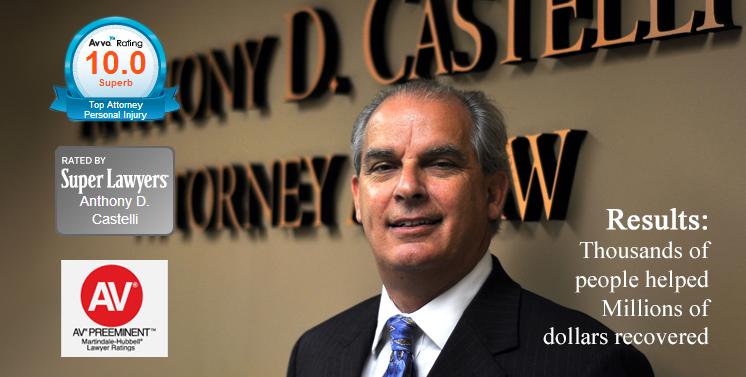Not every injured plaintiff is entitled to recover damages for the injury he or she sustains. Besides the injury, the plaintiff must also establish, through credible and relevant evidence, that the defendant is legally responsible for his or her injuries. In order to do so, the plaintiff must present proof of causation both in terms of actual, factual causation and with regard to "proximate," or legal, causation. Whether legal causation is established depends on the facts and circumstances of the particular matter in question.
In some personal injury actions, legal causation may be established if the plaintiff can show that the defendant engaged in intentional conduct, meaning that the wrongdoer intentionally or purposefully harmed the plaintiff or knew that the conduct in which he or she engaged gave rise to a substantial likelihood that harm would result.
Other personal injury actions are based on a looser concept of fault called negligence. Under the negligence theory, a defendant is held liable for the results of actions, or inaction, when an ordinary person in the same position should have foreseen that the conduct would create an unreasonable risk of harm to others. Still other types of personal injury actions are based on strict liability, which is a no-fault system under which liability may attach regardless of the fault of the various parties, including the plaintiff. Strict liability may be applied in products liability cases, such as when a manufacturer or seller of a defective product puts that product into the stream of commerce and users are injured.
The defendant can be held liable as a result of either the actions that are taken, or actions that are not taken. A driver who fails to stop at a red light and hits another vehicle, injuring the driver and/or passengers therein, is liable based on her negligent acts, for example.Many thousands of people are injured each year some very seriously when they slip and fall on a dangerous floor, a flight of stairs or a rough patch of ground. And a property owner who fails after a reasonable time to clear the ice and snow from the front steps of a business open to the public may be liable for his inaction if a patron falls and breaks her leg when attempting to enter the premises.
Conclusion
Personal injury actions require, in almost every instance, a lawyer's careful examination of the facts and circumstances of the particular matter in question in order to determine whether the defendant is legally responsible for the injuries sustained by the plaintiff. An experienced and knowledgeable personal injury attorney can look at the facts of your case and determine whether you have a legally valid claim, how soon you must act to preserve your rights, what your damages may be, and whether you may be entitled to some type of financial benefits before your lawsuit is even resolved. And in most cases, you owe no legal fees unless and until the defendant pays the damages award, so you have nothing to lose-and possibly much to gain-by contacting an attorney today.
Further Reading on Proving a Traumatic Hearing Loss Claim from A Car Accident


